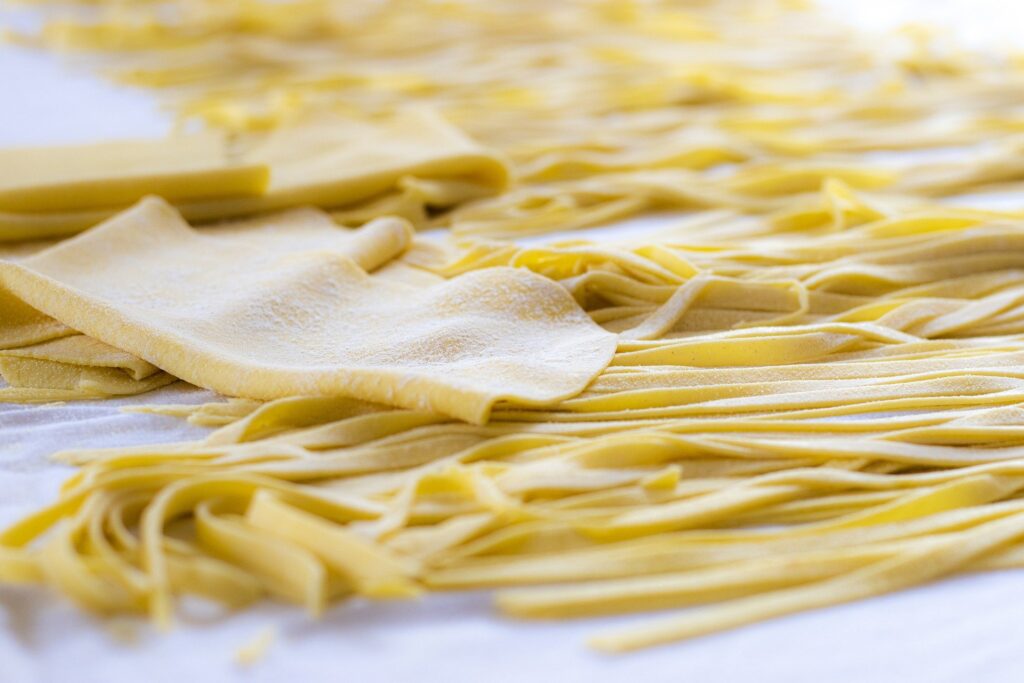 Application offor the quantification of a specific wheat genotype in pasta.
Application offor the quantification of a specific wheat genotype in pasta.
Digital Polymerase Chain reaction (Digital PCR) is a revolutionary technology able to provide the amplification and quantification of the DNA of the analyzed sample. The objective of a recent study, carried out by a group of international researchers (Morcia et al., 2021), was to evaluate the application of this technology to quantify the presence of a specific plant genotype (i.e. durum wheat) in pasta.
In particular, for testing, several samples containing different fractions of the target wheat variety (in the range 0-100%) were prepared. The results demonstrate that digital PCR provides a completely satisfactory analytical approach in terms of precision, accuracy, truthfulness, sensitivity and applicability. Moreover, compared to other reference techniques, it is the only one having characteristics close to a DNA barcoding, intended as a taxonomic method that uses one short genetic sequence for identification at the species level.
Finally, the authors point out that the proposed method is not only faster (no need, for example, to develop a reference curve for quantification), but also involves lower analytical costs, or at least among the lowest, compared to other approaches based on DNA analysis. From the obtained results, it can be concluded that the digital PCR technique has a useful role in verifying and confirming the authenticity of pasta products.
Characterization of pasta from HMT wheat flour and by-products of the wine industry
Consumer interest in foods with improved nutritional and functional values is increasing continuously. In this context, in a recent study, carried out by a group of Romanian researchers (Iuga & Mironeasa, 2021), the rheological behavior of mixtures, the chemical and sensory characteristics of samples of pasta from Heat Moisture Treated (HMT) wheat flour and grape peels were evaluated.
The results revealed that grape peels addition increases the nutritional value of pasta by raising the ash, fibers and polyphenols content, while the HMT treatment determines higher resistant starch values. Moreover, the elastic and viscous moduli of dough increased when HMT was applied to wheat flour and/or grape peels were added to the pasta. The addition of grape peels led to high glass transition temperature, while the opposite effect was observed for HMT.
Acceptable sensory scores were obtained for all analyzed samples. In particular, the samples obtained by applying heat moisture treatment and using grape-peels were characterized as nutritious, fruity, sourish. In conclusion, the study evidenced the opportunity to increase the nutritional and functional value of pasta by applying simple physical modification of flour and/or by incorporating grape peels as a source of dietary fiber and bioactive compounds.
References: Morcia et al., biology, 10, 2021, 1-14; M. Iuga & S.Mironeasa , Food and Environment Safety Journal, 20, 2021, 91-100.



